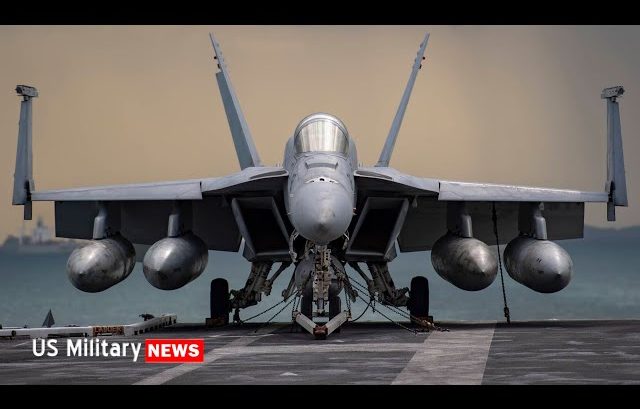The F/A-18E/F was developed as the US Military’s first all-weather fighter and attack aircraft. It could take on traditional strike applications, including interdiction and close air without compromising its fighter capabilities.
Multi-Role Aircraft
In 1999, the plane entered service with the US Navy as a replacement for the F-14 Tomcat. It was highly capable in performing multiple roles like air superiority, fighter escort, reconnaissance, aerial refueling, air defense suppression, and day night precision strikes.
Engines
The aircraft is powered by two F414-GE-400 turbofan engines which could produce a combined thrust of 44,000 lbs. With afterburner engaged, the engines can provide a maximum speed in excess of Mach 1.8.
Many Firsts
Its first operational use was with Strike Fighter Squadron 115, known as the “Eagles.” The aircraft then saw its first combat action of November 6 of the same year when the squadron took part enforcing a “no fly” zone in Iraq.
In March 2003, it was also deployed as part of Operation Iraqi Freedom.
Armaments
This jet can carry a wide range of armaments to meet different mission requirements. In terms of air-to-air missiles, it can carry the Aim-9 Sidewinder, Aim-7 Sparrow, and Aim-10 Amraam.
It’s also equipped with guided air-to-ground missies like the AGM-86 Slam-er and AGM-88 HARM.
Expanding on Strengths
The F/A-18E/F has also earned its reputation as the backbone of the Navy’s carrier air wing. Boeing then developed the Block III Super Hornet to complement current and future air wing capabilities. Meanwhile, the Navy plans to explore new operational concepts.
Also, despite the move towards new fighter aircraft, the Super Hornet will continue to play a key role on the Navy for years to come. The F/A-18E/F will stay as the main strike power from US carriers for the next decade, providing a highly versatile and reliable platform for a wide range of missions.



